Mice and giraffes may look like they could not be more different from each other. But under the surface they have more in common than it may first seem.
There are thought to be over 5,400 species of mammals living on Earth. They come in all shapes and sizes - from tiny mice to towering giraffes, and scale-covered pangolins to 100-tonne whales.
But despite their differences now, all mammals stemmed from one common ancestor, with the earliest mammal fossils currently thought to date to between 220 and 165 million years ago.
Watch as senior curator of mammals Louise Tomsett explains the surprising similarity between mice and giraffes.
It's all in the neck
Mice and giraffes live drastically different lives – not to mention that giraffes tower over mice by over five meters.
A giraffe's neck is extraordinary long, making up a large part of its height. This allows the animal to reach the leaves of tall trees. But an elongated neck is also integral to the courtship behaviour of 'necking'.
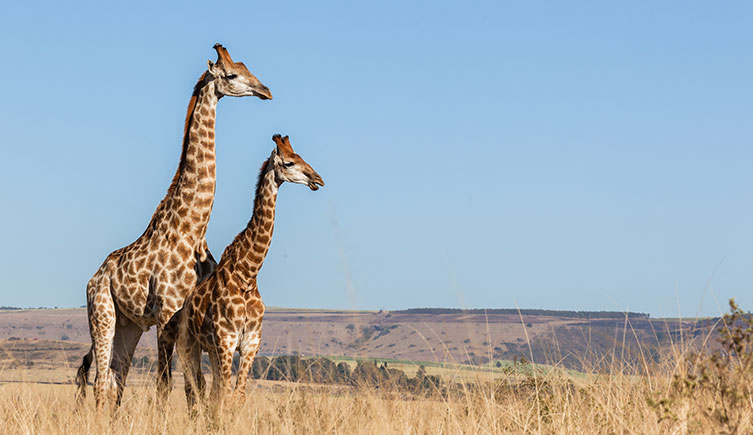
One of the drivers for the development of a long neck in giraffes may be their courtship behaviour of 'necking' © Chris Van Lennep/ Shutterstock.com
Necking involves males duelling by swinging their heads like battering rams into each other's ribs and legs. Those with longer necks usually stand to an advantage in these battles.
Despite its elongated form, the neck of a giraffe is made up of just seven large bones known as cervical vertebrae.
By comparison, the body of the common house mouse (Mus musculus) is only around 10 centimetres long, its tail contributing more to the overall length.
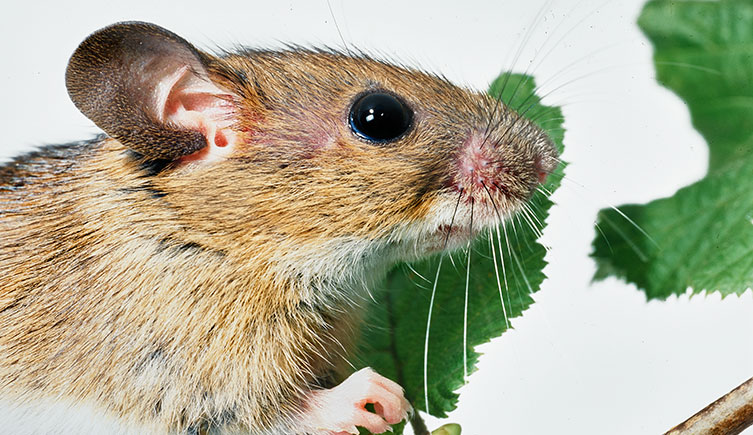
Mice, such as this yellow-necked mouse, have the same number of bones in their necks as giraffes
However, despite outward appearances, the small rodent bears one striking similarity to Earth's tallest living terrestrial creature on a skeletal level.
Mice also have seven cervical vertebrae in their necks, though extremely small compared to those of a giraffe.
Mice and giraffes experienced two very different evolutionary journeys from their common ancestor to end up as the vastly different animals they are today.
With few exceptions, such as manatees and sloths, almost all mammals - including humans - possess seven neck bones.
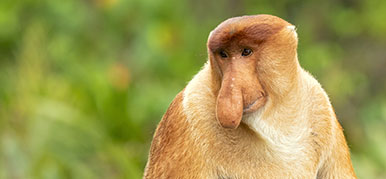
What on Earth?
Just how weird can the natural world be?
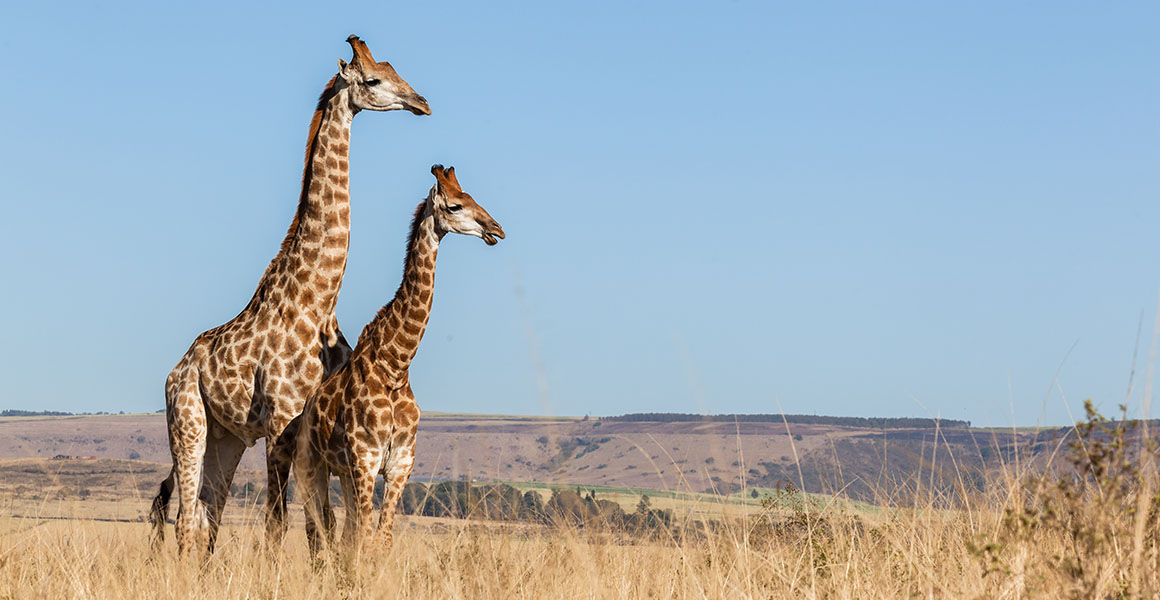

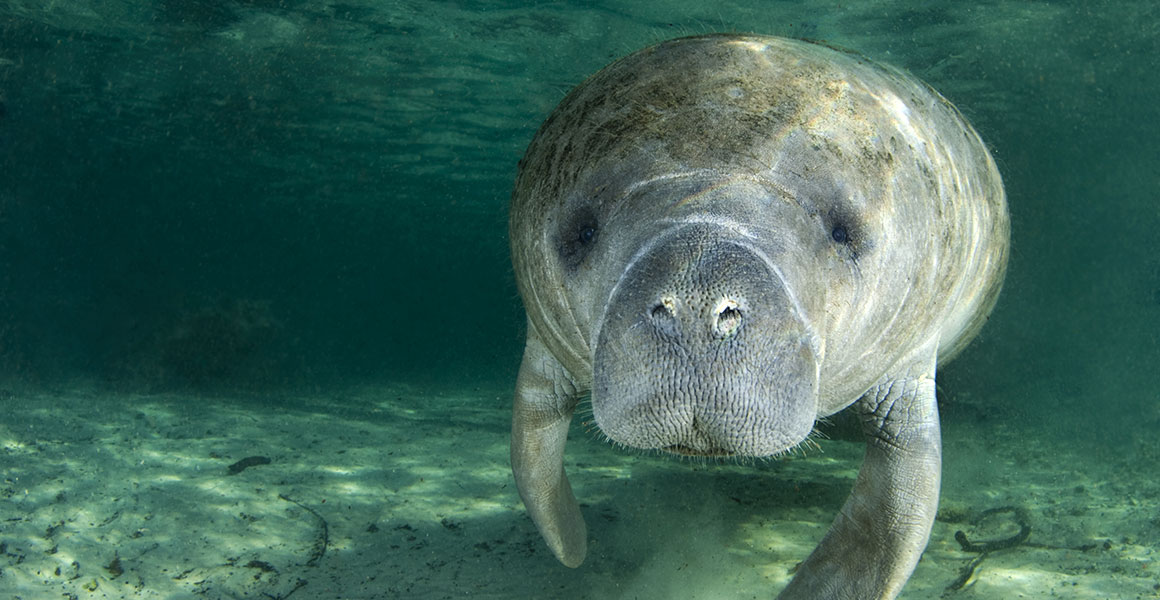
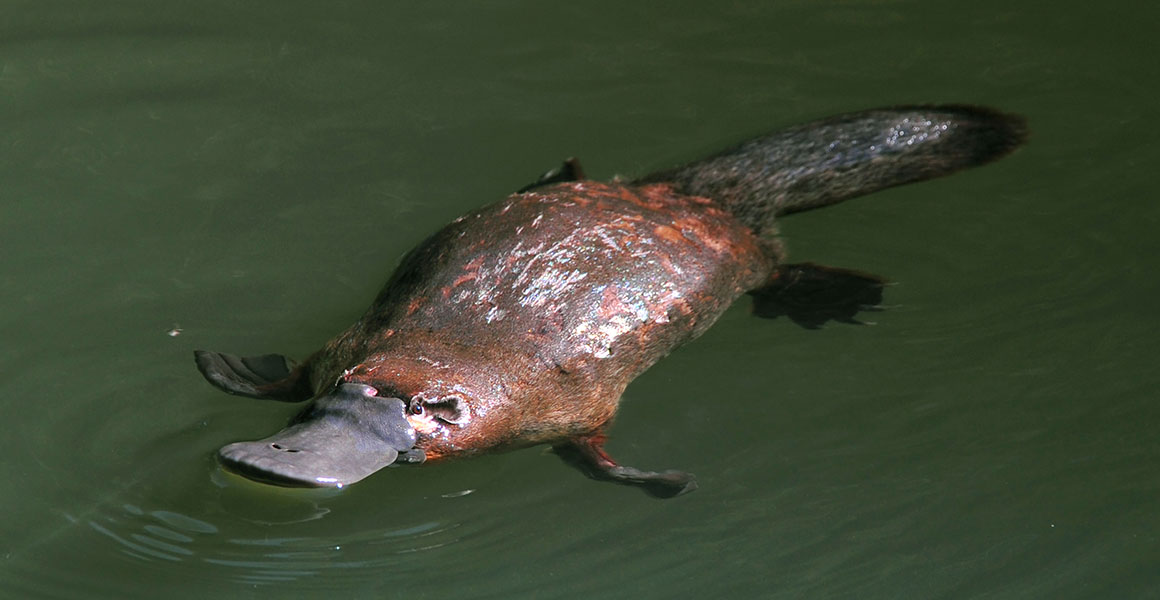
Don't miss a thing
Receive email updates about our news, science, exhibitions, events, products, services and fundraising activities. We may occasionally include third-party content from our corporate partners and other museums. We will not share your personal details with these third parties. You must be over the age of 13. Privacy notice.
Follow us on social media